-

Precision Engineering Solutions
Shop allOffering exceptional industrial equipment that embodies precision, reliability, and innovation.
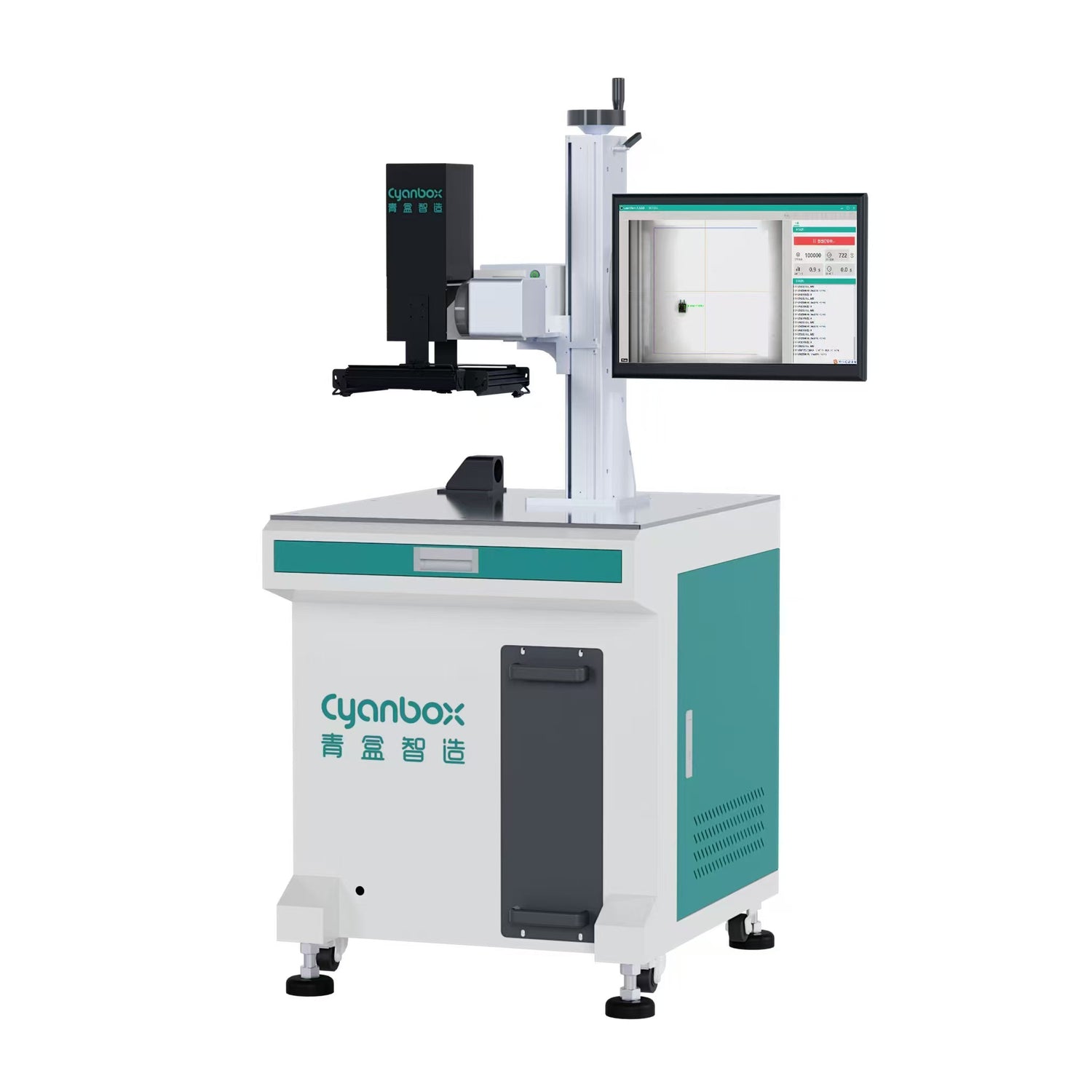
UV Laser Marking Machine
Our T1 Desktop laser machine combines a compact design with an industrial-grade build to outlast the competition
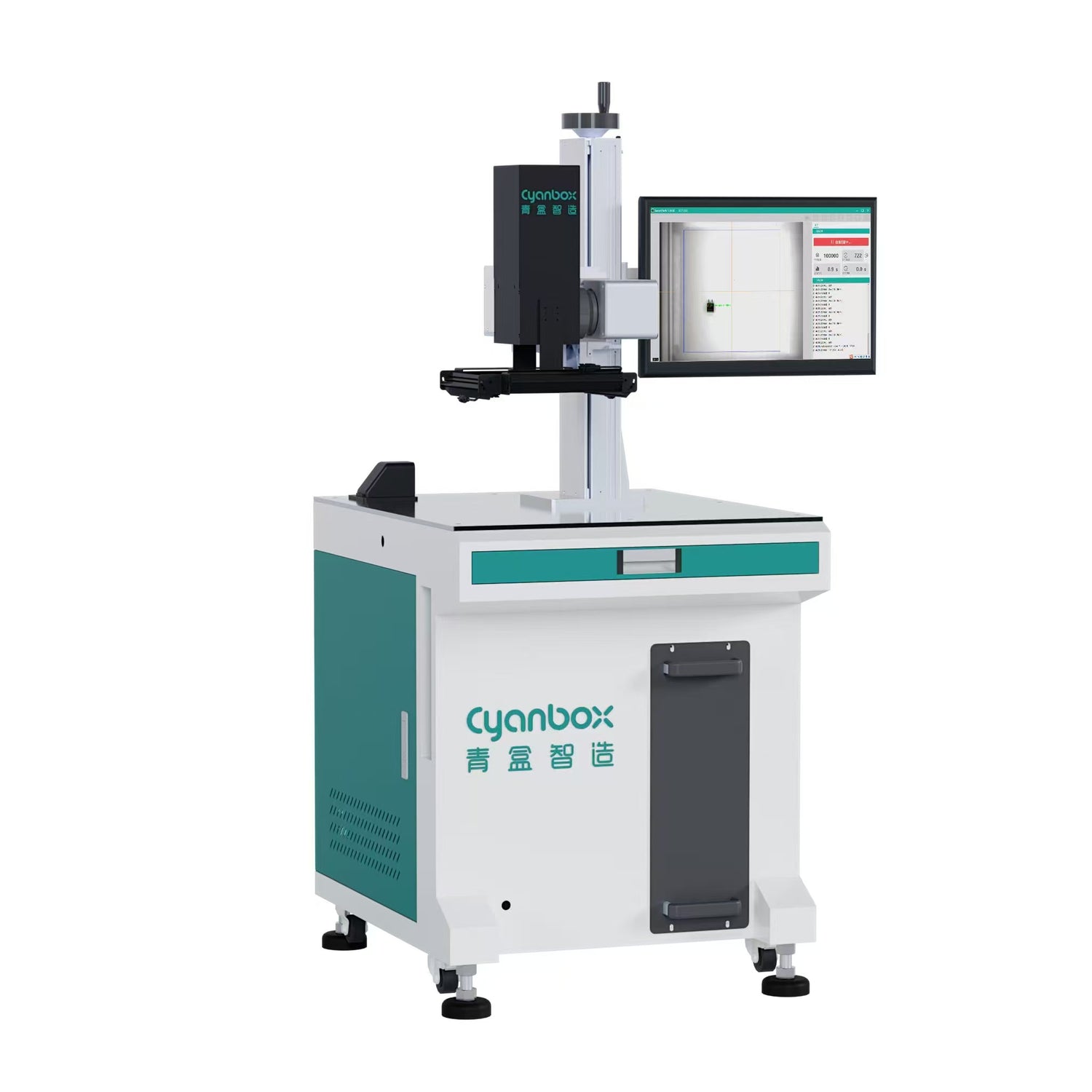
Fiber Laser Marking Machine
Our T1 Desktop laser machine combines a compact design with an industrial-grade build to outlast the competition
-

-
Innovative Machinery
Shop nowOur machines redefine efficiency, tailored for modern industrial challenges.
Featured products
-
 Sold out
Sold outCO2 Laser Marking Machine
Regular price $9,999,999.00 USDRegular price -
 Sold out
Sold outFiber Laser Marking Machine
Regular price From $100.00 USDRegular price$9,999,898.00 USDSale price From $100.00 USDSold out -
 Sold out
Sold outT7 Portable Laser Marking
Regular price $8,999.00 USDRegular price$9,999.00 USDSale price $8,999.00 USDSold out -
 Sold out
Sold outUV Laser Marking Machine
Regular price $12,000.00 USDRegular price$15,000.00 USDSale price $12,000.00 USDSold out
1
/
of
4
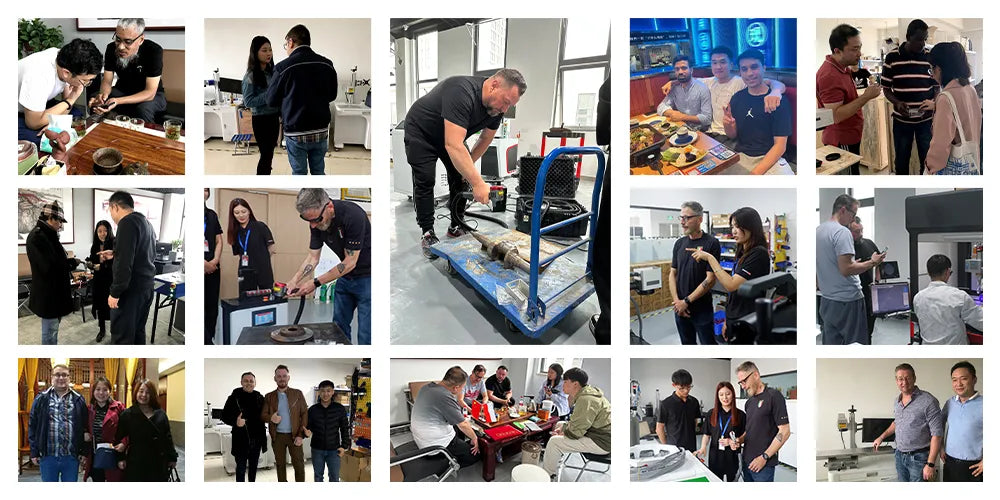
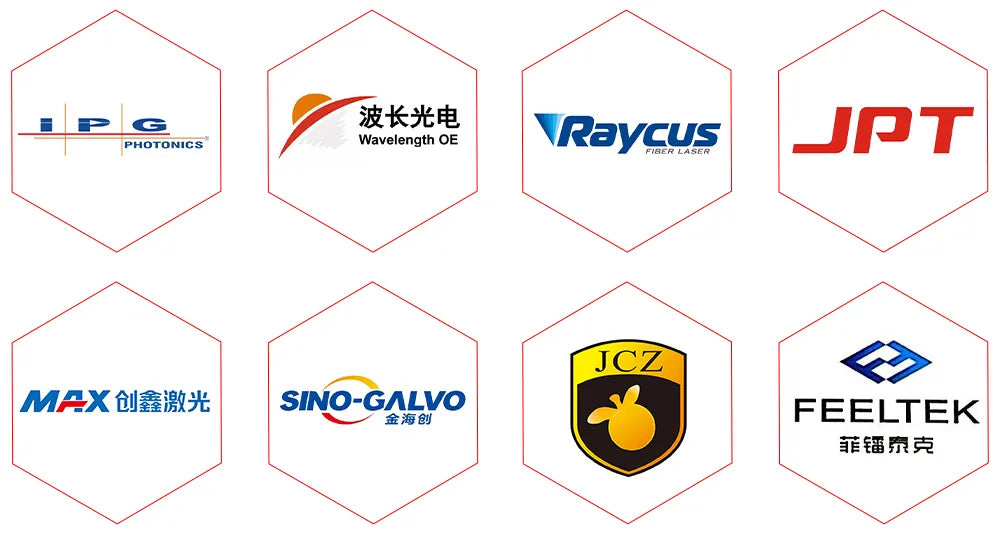
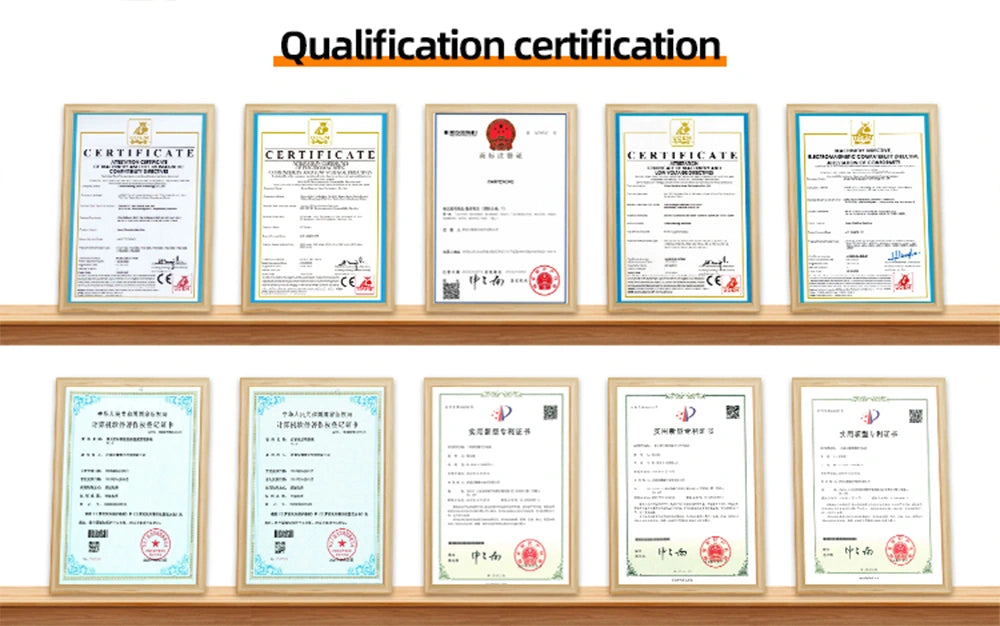
FAQ for Laser Marking Machines (U.S. Market)
How to choose a suitable laser marking machine model?
Select based onprocessing materials(metal/plastic/ceramic, etc.),marking requirements(depth, speed, precision), and budget. For example:
- Fiber Lasers: Ideal for metals, alloys, and some plastics; long lifespan (over 100,000 hours) and high electro-optical conversion efficiency.
- CO₂ Lasers: Suitable for non-metals like wood, acrylic, and glass; lower cost.
- UV Lasers: Feature "cold processing" for heat-sensitive materials (e.g., medical supplies, electronic components) with micron-level marking precision.It is recommended to provide material samples and expected effects for manufacturers to test and recommend a solution.
What payment methods are available?
- T/T (Telegraphic Transfer): Suitable for large orders; bank fees are approximately 0.1–0.3%.
- L/C (Letter of Credit): Protects both parties but has a complex process and higher fees.
- PayPal: Suitable for small orders; fast fund receipt but fees are ~4.5% + fixed charges.
How to adjust parameters for different materials?
- Metals (e.g., carbon steel): High power (80%), low speed (500–650 mm/s), low frequency (20 kHz), filling interval 0.05 mm.
- Plastics (e.g., ABS): Low power (30%), high speed (2000–3000 mm/s), high frequency (50–100 kHz) to avoid burn-through.
- Ceramics: High power (70–90%), low speed (300–1000 mm/s); repeat marking 2–3 times to deepen the effect.
What are the daily maintenance key points?
- Optical Path Cleaning: Wipe reflective mirrors and focus lenses with a lint-free cloth weekly to prevent dust from affecting energy transmission.
- Laser Maintenance: Regularly check cooling water purity (deionized water is recommended) and replace filter elements every 6 months.
- Software Updates: Install manufacturer-provided firmware updates promptly to optimize performance and compatibility.






